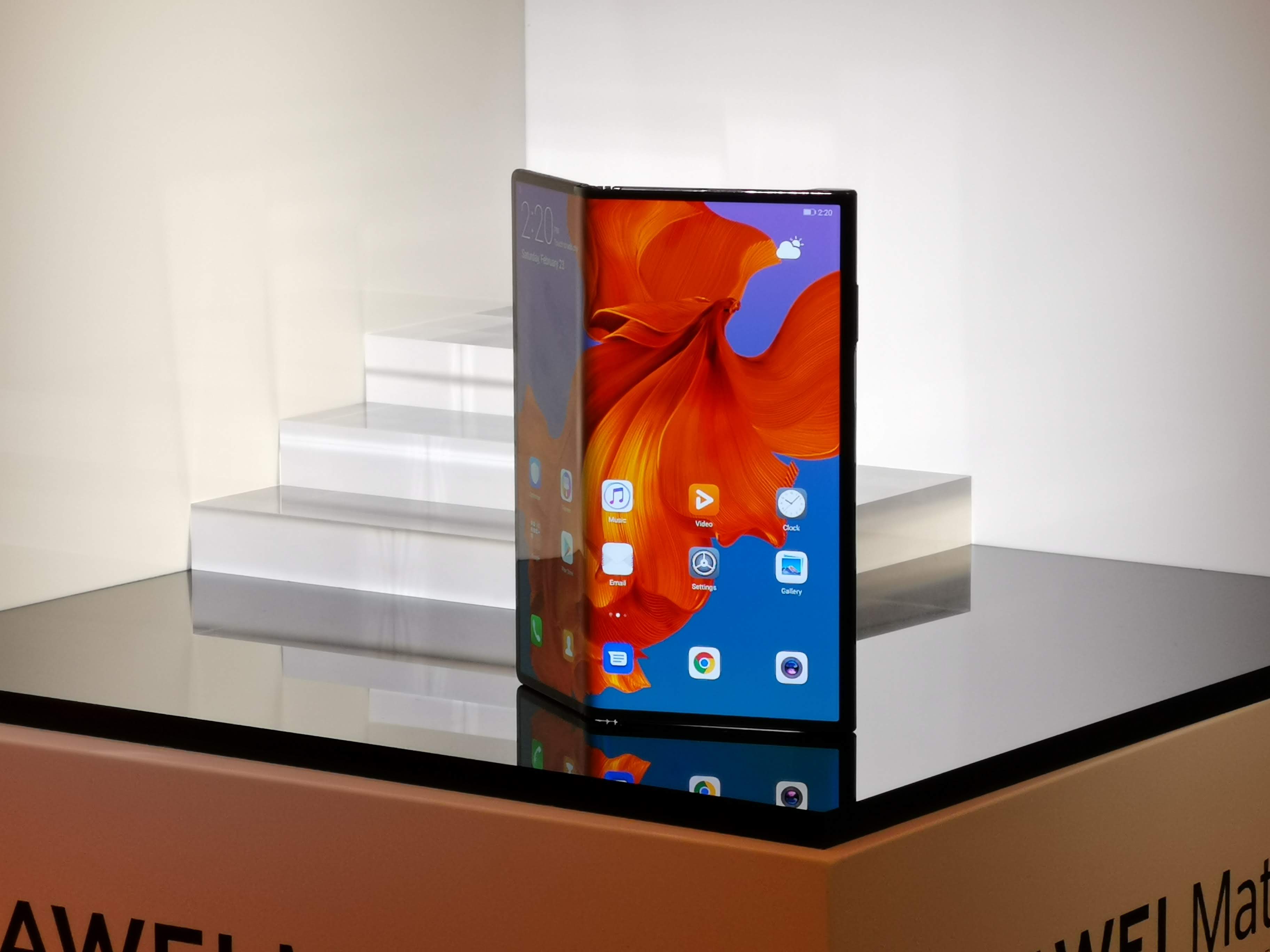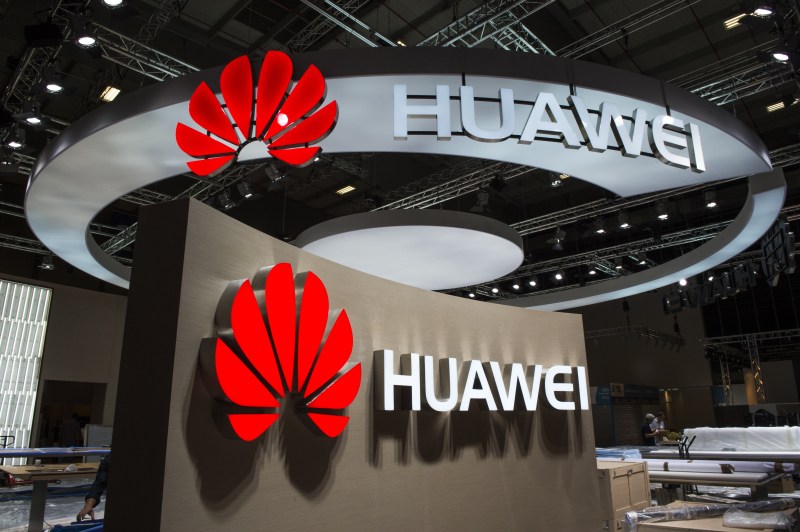Following the US Department of Commerce listing Huawei on the “Entity List”, the news for the Chinese technology giant has gone from bad to worse.
Citing the risk posed to US national security by Huawei, the US DOC Entity Listing means US companies cannot sell products or services to Huawei (or many of its named subsidiaries) without government approval. While the listing is last week’s news, today we’re seeing the practical effect of this move on Huawei’s operations, and it’s not good at all.
Today, Google, Intel, Qualcomm, Xilinix and Broadcom have all announced that they will not supply Huawei, putting the Chinese technology giant’s operational future in jeopardy.
What has been cut off?
Earlier this morning, it was reported that Google has ceased its Android licensing arrangement with Huawei, which will have significant consequences for Huawei’s smartphone business.
As if that weren’t bad enough, a whole string of US suppliers to Huawei have, today, confirmed their own implementation of the US DOC ban.
This afternoon, Bloomberg reported that chip-makers Intel, Qualcomm, Xilinx and Broadcom have told their respective employees that they will not supply Huawei until further notice.
We anticipate that other companies will announce similar restrictions in coming days – for example, we’re now expecting Microsoft to follow suit and confirm that it won’t supply Windows or other Microsoft software to Huawei for inclusion in its laptop and other computer products.
What’s the impact on Huawei?
The move could be a devastating, knockout blow for Huawei.
The company is already suffering from exclusion from 5G network buildouts in key markets like US and Australia, and while it still has 5G plans in other countries it’s unclear whether those rollouts depend on supply of software or componentry from US companies.
Recent successes from Huawei’s Consumer Business Group have bouyed the company in the wake of these infrastructure exclusions, but that success seems likely to nosedive. Two key components of Huawei’s consumer strategy – smartphones and laptops – stand to be almost completely obliterated by the US cutting off supply.
While there are reports that Huawei has stockpiled supplies of key hardware components, those components will date, and won’t last multiple market cycles. Rumours indicate Huawei might have as few as a couple of months supply of key components. This would likely be enough to complete existing manufacturing; there’s no capacity to develop new products with such limited supply and no foreseeable change in circumstances.
As side as this sounds, a still bigger threat to the company comes on the software and licensing side. There’s no real point building laptops and smartphones if the company can no longer license Android and Windows to run on them.

What does this mean for the company’s smartphone business?
For those who’ve already bought Huawei smartphones, the short term impact is likely to be negligible.
Google releases security patches to the Android Open Source Project (no licence needed), so Huawei will still be able to access the latest changes and will likely still release its security updates going forward (see comment below, where this is all but confirmed).
Google has come out publicly to state that it will, as far as the US DOC bans allow, continue to support users who have bought existing Huawei devices:
For Huawei users' questions regarding our steps to comply w/ the recent US government actions: We assure you while we are complying with all US gov't requirements, services like Google Play & security from Google Play Protect will keep functioning on your existing Huawei device.
— Android (@Android) May 20, 2019
Huawei won’t get early access to future OS updates like Android Q, though. While the key parts of Android that are updated in a major release are in AOSP – and thus remain accessible – there are associated Google services won’t be a part of that release. Put another way, if Huawei is able to release Android Q based on AOSP sources, it won’t be able to distribute Google apps required to make the experience work as consumers expect. It’s almost certainly goodbye to Chrome, Maps and the Play Store to say the least.
So major OS updates could work, but they’d likely be delayed because Huawei has to wait for AOSP code (which Google famously holds back until the final release of the platform around October each year) instead of having early access as an OEM partner.
Worst case, major updates may no longer be possible at all, so the P30 Pro you buy today might not be updated except for security patches, a significant factor in the purchasing decision for many.
What about future smartphones from Huawei?
From our understanding, any new smartphones will not be able to include the core Google core services which make Android … well … Android. No Google Play Store, Play Services, or Google apps (like Gmail, Maps, Chrome, YouTube, etc). From a consumer standpoint, much of Huawei’s smartphone success rides on being able to supply these services on its smartphones.
We’ve seen other manufacturers go it alone in the market with non-Google Android smartphones (Amazon’s Kindle Fire devices, or maybe you remember the Nokia X as fondly as we do?) and it’s clear that Western consumers expect Google’s services go hand-in-hand with Android devices.
It’s hard to imagine how Huawei could release a smartphone without access to these services; harder still to imagine why anyone would buy one.
There’s also the question of componentry – if there’s any US-sourced components in upcoming smartphones, Huawei will either have to rely on its stockpiles (if it has them), or find alternative suppliers. With the US supply chain inaccessible to Huawei, alternatives might be very hard to come by.
In brief, we expect that Huawei’s next smartphone release will be delayed, and that’s if it happens at all.
What does it mean for the company’s laptop business?
For those with Windows-based laptops, the immediate effect is probably nothing – your licence to use Windows on the device you own is completely unaffected by any change in relationship between Huawei and Microsoft, for example. You can continue to use your device as it is, receive Windows Updates, buy and use software from the Windows Store and so on.
Laptops that have already been manufactured and installed with OEM-licensed software can be sold. Huawei’s laptops are well made and very capable, meaning that existing stocks are likely to remain a good buy.
However, once Huawei runs out of key component supplies, it will either need to find an alternative source, or cease production. Given the key nature of some of the supplies it can no longer access – Intel CPUs, graphics processors, etc – once those supplies run out, Huawei’s laptop business is in real trouble.
Even if it can build the hardware, there comes the question of what it will put on them. Huawei will likely be unable to license Microsoft Windows (or Office), and would have to choose between selling bare metal so customers can license their own software (making their products significantly less appealing), or sell their laptops with some other, non-US sourced operating system (e.g. an open-source Linux variant).
Again, neither options sounds like something consumers are likely to want, unless prices are low enough to make the proposition work.
In short, it’s hard to see how Huawei could release any new laptop or computer products with this ban in force, assuming it can even get the components to put one together.

So what does it all mean?
Put simply, Huawei’s consumer business will be significantly impacted by the US bans.
Two of its key consumer offerings – smartphones and laptops – are likely to be significantly disrupted at best. Worst case scenario, these product lines will soon be dead. Associated products are likely to disappear too. Huawei could probably make its Watch GT lines without US components, however the value in that product is that it partners with Huawei smartphones. As a stand-alone offering, it’s hard to imagine there’s success to be found there.
Later this afternoon, Huawei gave Ausdroid an official statement. Sadly, it doesn’t say much:
Huawei has made substantial contributions to the development and growth of Android around the world. As one of Android’s key global partners, we have worked closely with their open-source platform to develop an ecosystem that has benefitted both users and the industry.
Huawei will continue to provide security updates and after sales services to all existing Huawei and Honor smartphone and tablet products covering those have been sold or still in stock globally. We will continue to build a safe and sustainable software ecosystem, in order to provide the best experience for all users globally.
Key US suppliers have not made official statements at this time, but it is hard to see how they could do anything other than comply with the ban on sales of any products and services to Huawei. Unfortunately for the consumer, Huawei’s statement almost reads like an admission that it knows it’s in dire trouble … and we can only concur.
There’s some discussion that the US may allow limited concessions to allow Huawei to service existing customers with replacements/repairs etc. but this is mainly constrained to existing carrier equipment already in situ. Those concessions would not be anywhere near sufficient to give Huawei the supplies or access it would need to develop new products or business opportunities.
Without significant changes to the status quo, in short, Huawei’s consumer business is fucked.






Charming language for kids reading this. Very professional.
Trump has undoubtedly damaged America’s reputation by showing how easy it is to stymie competitors. This is what normally happens during declared wars. All non-American corporations must be watching this closely and reviewing their supply security.
It does look like Huawei is toast , and I would not be buying anything Huawei ,
but who knows , things can change in a short time .
Trump is unpredictable , two weeks time he might change his mind .
It will be a shame if Huawei is exiled forever , Huawei was really getting the competition for electronics really moving.
More likely, Trump is dancing a happy jig and wondering which other Chinese companies he can destroy.
Next: China bans export of Chinese made Iphones to US.
and the Trade War continues
How is this allowed?
I can’t stand the US, they love starting trouble with little or absolutely no evidence.
Very disappointing.
Well , I don’t know that there was no evidence , did you see the article about Vodafone ( Britain I think ? ) and Huawei ?
Allegedly some of huawei’s gear did have some back doors on it some time ago I think .
And because huawei’s CEO recently says “we would never allow the people s army to use our stuff to spy ” , you would have to be a bit skeptical that if they insisted with an or else !
Huawei would not comply.
It was a Telnet variant that was not removed after testing, Vodafone came out and refuted the comments. There are valid concerns about Huawei’s ties to the CCP but that was a non issue as confirmed by the company involved.